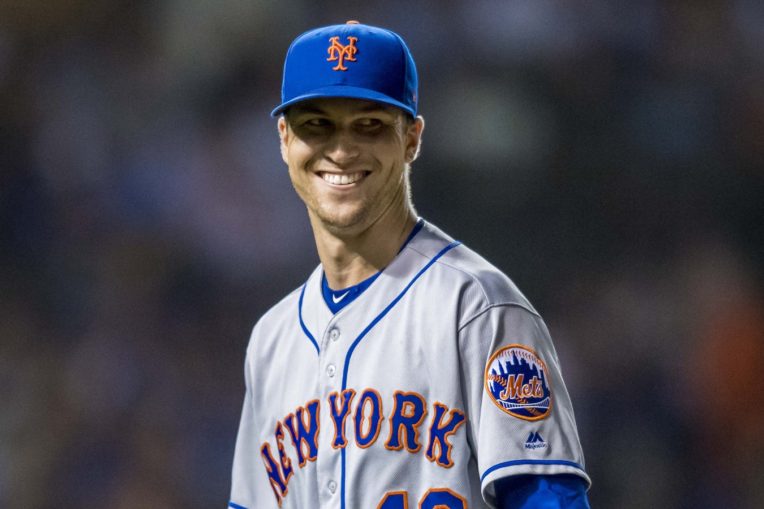
In Tuesday’s press conference introducing Robinson Cano and Edwin Díaz, Mets general manager Brodie Van Wagenen talked about how the deal helped strengthen the Mets core.
As paraphrased by Tim Britton in The Athletic about the future of the franchise. “In evaluating his revised roster Tuesday, Van Wagenen cited off the years of control for his core pieces — five years for Canó and Amed Rosario, four for Brandon Nimmo and Noah Syndergaard, three for Michael Conforto, two for Jacob deGrom. He talked about building a group together.”
There’s a similar quote from the Post’s Ken Davidoff in his story on yesterday’s 90-minute interview on WFAN as BVW, Jeff Wilpon and Mickey Callaway sat with Mike Francesa, “We’ve got a core group of guys… We’re starting to look at a pretty long runway to be competitive. For us to move any of those guys off of a big-league roster, we don’t want to create holes somewhere else. That’s why I talk about trying to be additive, not pulling pieces away.”
On the FAN, BVW added the newly acquired Diaz, Seth Lugo and Robert Gsellman to the mix, but I think the initial six he previously listed is the true core. Split up among pitchers, infielders and outfielders; it’s the group expected to be behind any success in both the immediate and long-term future.
In 1986, I feel confident putting Wally Backman, my favorite Met, with Keith Hernandez as the two core infielders, Lenny Dykstra and Darryl Strawberry in the outfield, and Dwight Gooden and Ron Darling on the mound. You could argue for Kevin Mitchell replacing Backman, or Bob Ojeda or Sid Fernandez over Darling; but that also shows why any Met fan thought this core group would dominate the National League into the 1990s.
Needless to say, that didn’t happen to the immense disappointment of anyone who can remember Mike Scioscia and his fourth home run of the season in 1988. But, the core of that 86’ team was still present and performing at a high level.
Twenty years later in 2006, the Mets’ core was aged with Tom Glavine and Pedro Martinez on the mound, but Carlos Beltran was 29 and both Jose Reyes and David Wright were only 23 years old. Yes, Cliff Floyd was a spire 33, but they had Lastings Milledge on the way…
Needless to say, it’s an imperfect system but can tell a lot about just where a team can and/or will go going forward. Here’s my take on the four relevant cores in the NL East:
| (Years of team control) | Mets | Braves | Nationals | Phillies |
| Pitching | – Jacob deGrom (2)
– Noah Syndergaard (3) |
– Mike Foltynewicz (5)
– Sean Newcomb (5) |
– Max Scherzer (3)
– Stephen Strasburg (5) |
– Aaron Nola (3)
– Jake Arrieta (3) |
| Infield | – Amed Rosario (5)
– Robinson Cano (5) |
– Freddie Freeman (3)
– Ozzie Albies (5) |
– Trea Turner (4)
– Wilmer Difo (4) |
– Jean Segura (4)
– Maikel Franco (3) |
| Outfield | – Michael Conforto (3)
– Brandon Nimmo (4) |
– Ronald Acuna (6)
– Ender Inciarte (3) |
– Juan Soto (6)
– Victor Robles (6) |
– Odubel Herrera (3)
– Rhys Hoskins (4) |
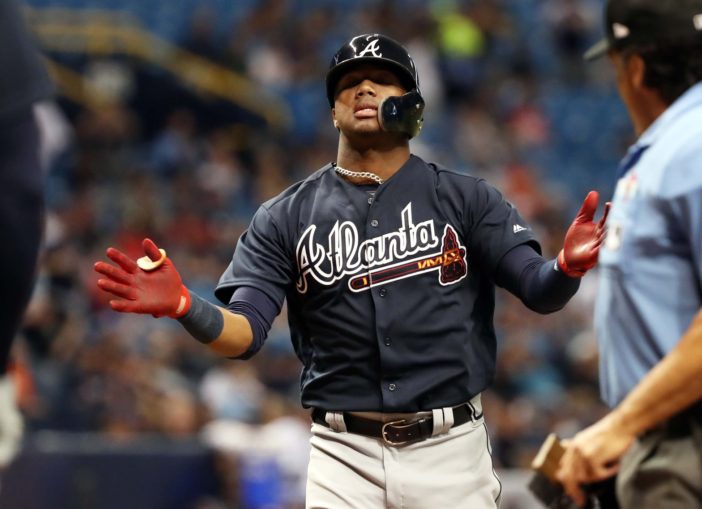
Braves
Julio Teheran is signed through 2019, hence why the Braves are searching for another starter. That and despite his success against the Mets, Teheran will be four years removed from his breakout 2014 season (14-13, 2.89 ERA, 4 complete games).
On the infield, Josh Donaldson signed a one-year deal so clearly he’s not part of the core going forward. The team’s desire was for Dansby Swanson, the local boy from Marietta (just northwest of Atlanta), to be in this conversation. However, that’s tempered by his career .243 average, lowered after last year’s .238 BA /.304 OBP / .395 SLG.
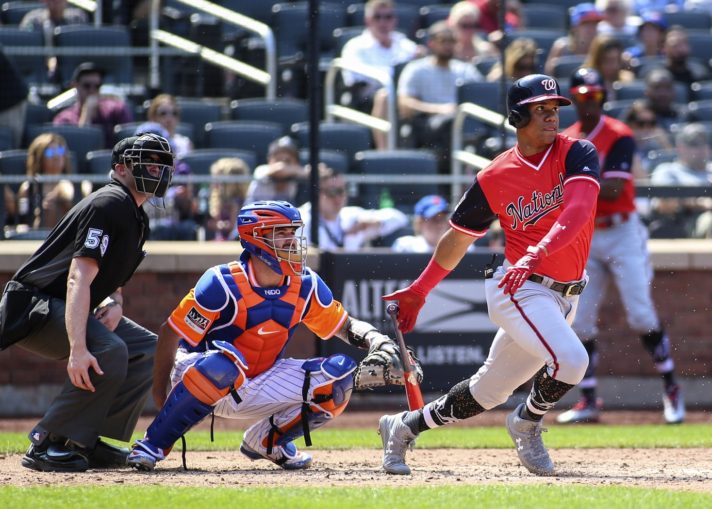
Nationals
For all the talk, the D.C. core leans heavily towards the mound. The recently signed Patrick Corbin slots in as the most expensive No. 3 starter imaginable. With the potential departure of Bryce Harper, Washington’s outfield has its foundation in two guys who just became eligible to enjoy a beer with both Soto and Robles under team control until 2025.
The infield is similarly young, but Trea Turner has already proven he can play with the big boys. His .271 BA last year is way down from the .342 he hit during half a season in 2016, but an OBP of .338 with a league-leading 43 stolen bases makes up for it.
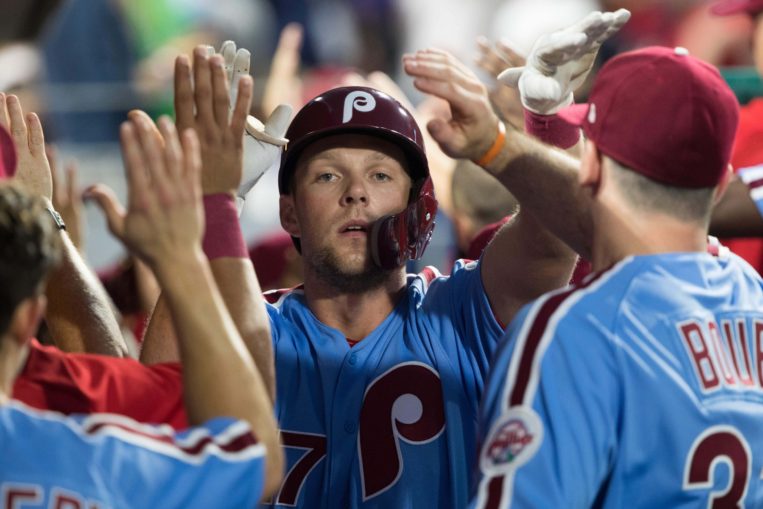
Phillies
There’s a reason everyone mentions that Philadelphia has money to spend. It’s because they need to. This is easily the weakest core in the NL East north of Miami; one that got a huge boost with the addition of Jean Segura. He becomes an All-Star caliber shortstop for the next four years (team option for 2023), one that can move to second base if they decide to pay Manny Machado’s asking fee.
Moving Carlos Santana allows Rhys Hoskins to become the next Ryan Howard. Their initials are even the same. But it does open a core spot in the outfield, hence their pursuit of Bryce Harper. It’s a hole they need to fill with someone like Nick Markakis if it’s the Dodgers that back up the Brinks truck per Scott Boras’ instructions.
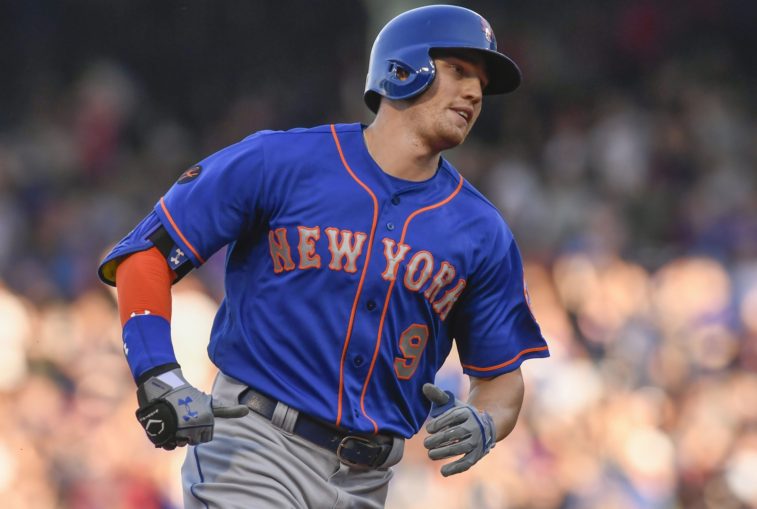
Mets
I’m sure someone will say Jeff McNeil or Peter Alonso should be in the infield core, but neither have extended experience yet at the major league level.
Nimmo and Conforto give the Mets a strong duo in the outfield. I loved the way Rosario looked in the leadoff spot last year and only Washington can compare to the one-two punch of Thor and cyGrom. It’s the off season, so I’m prone to be positive but looking around the division, it feels wide open with potential question marks behind foundation pieces for each team.
Overall, I believe BVW sees nothing but opportunity with what is already in place and by adding the right supplemental parts to this core, they can compete for a postseason spot in 2019.















